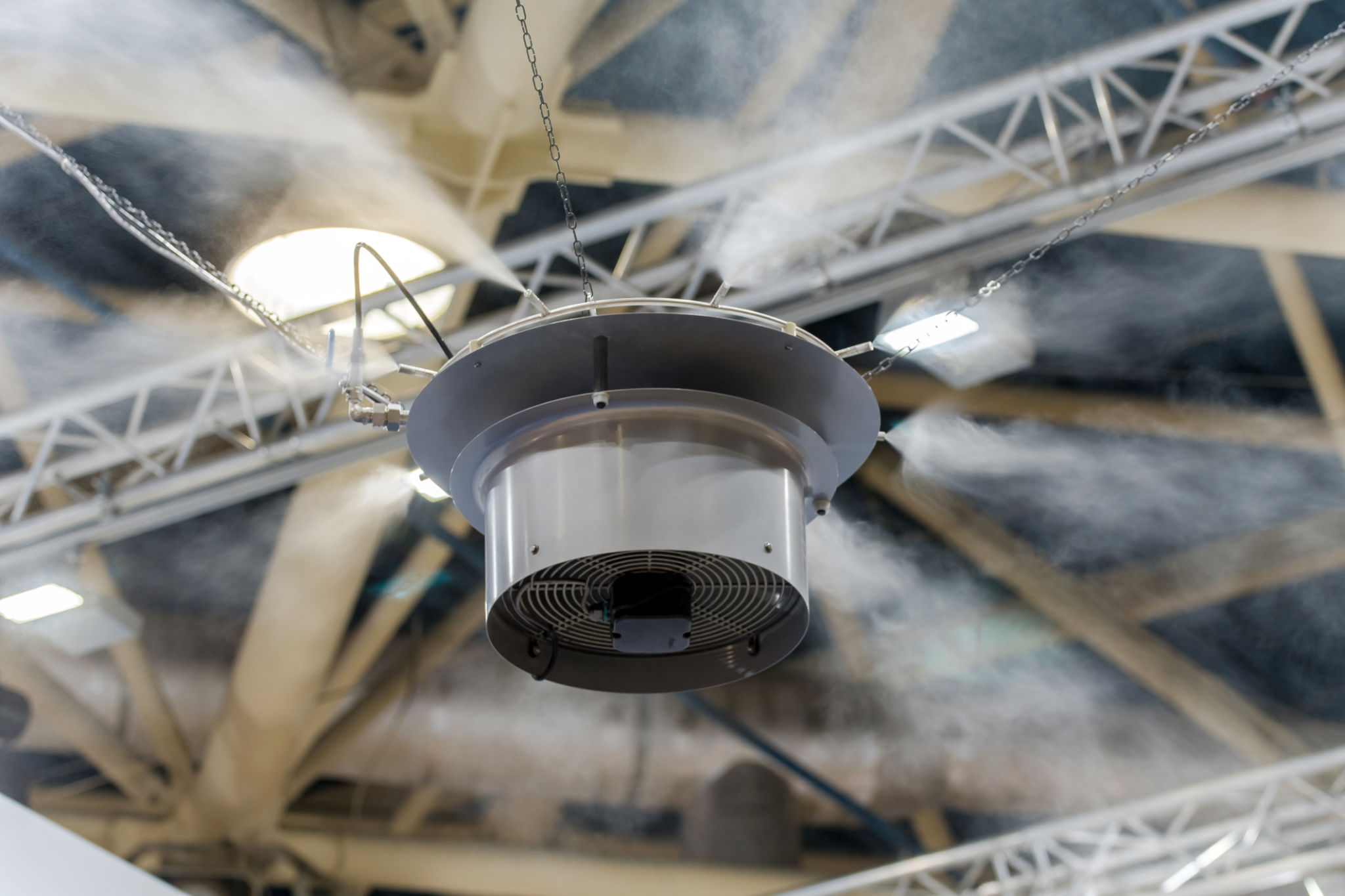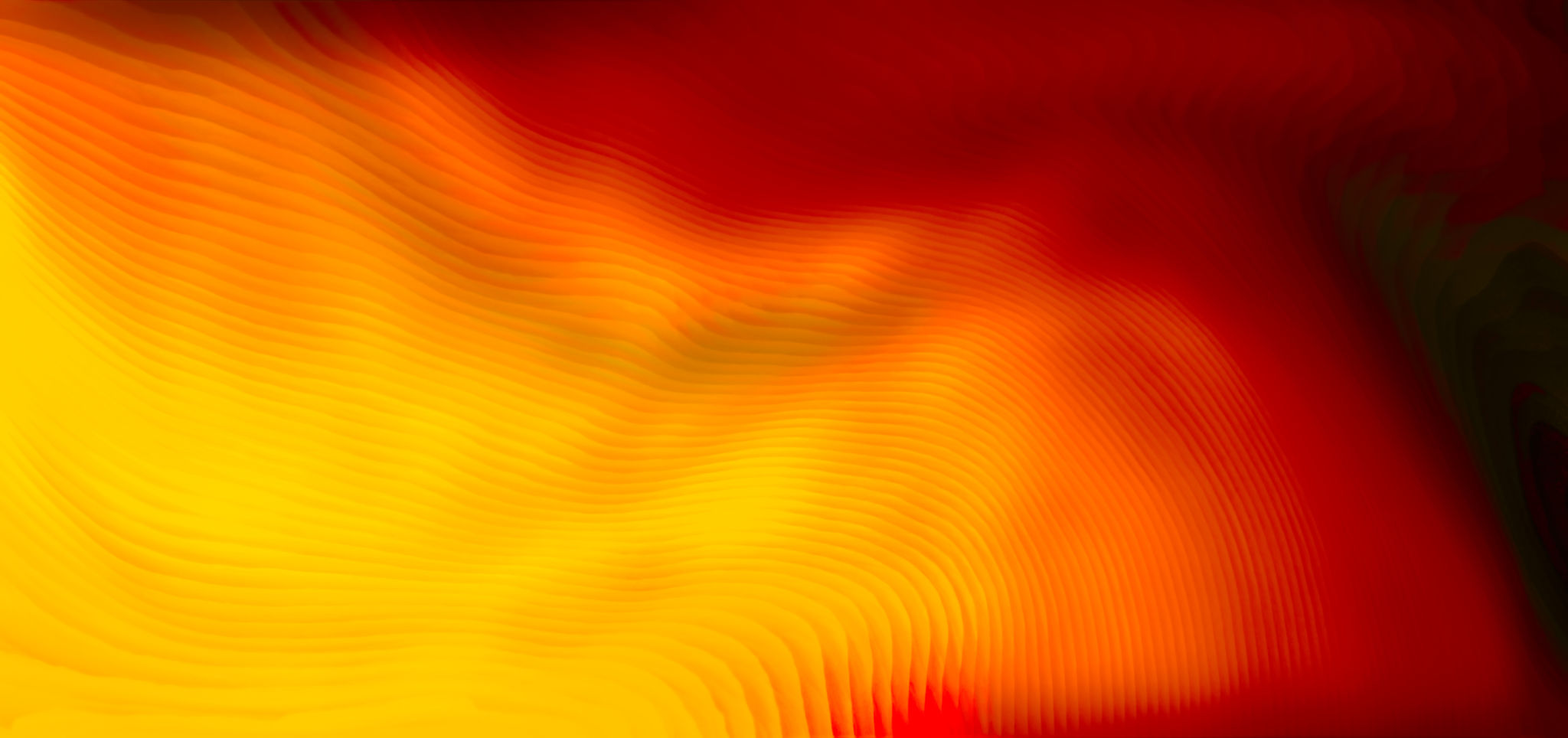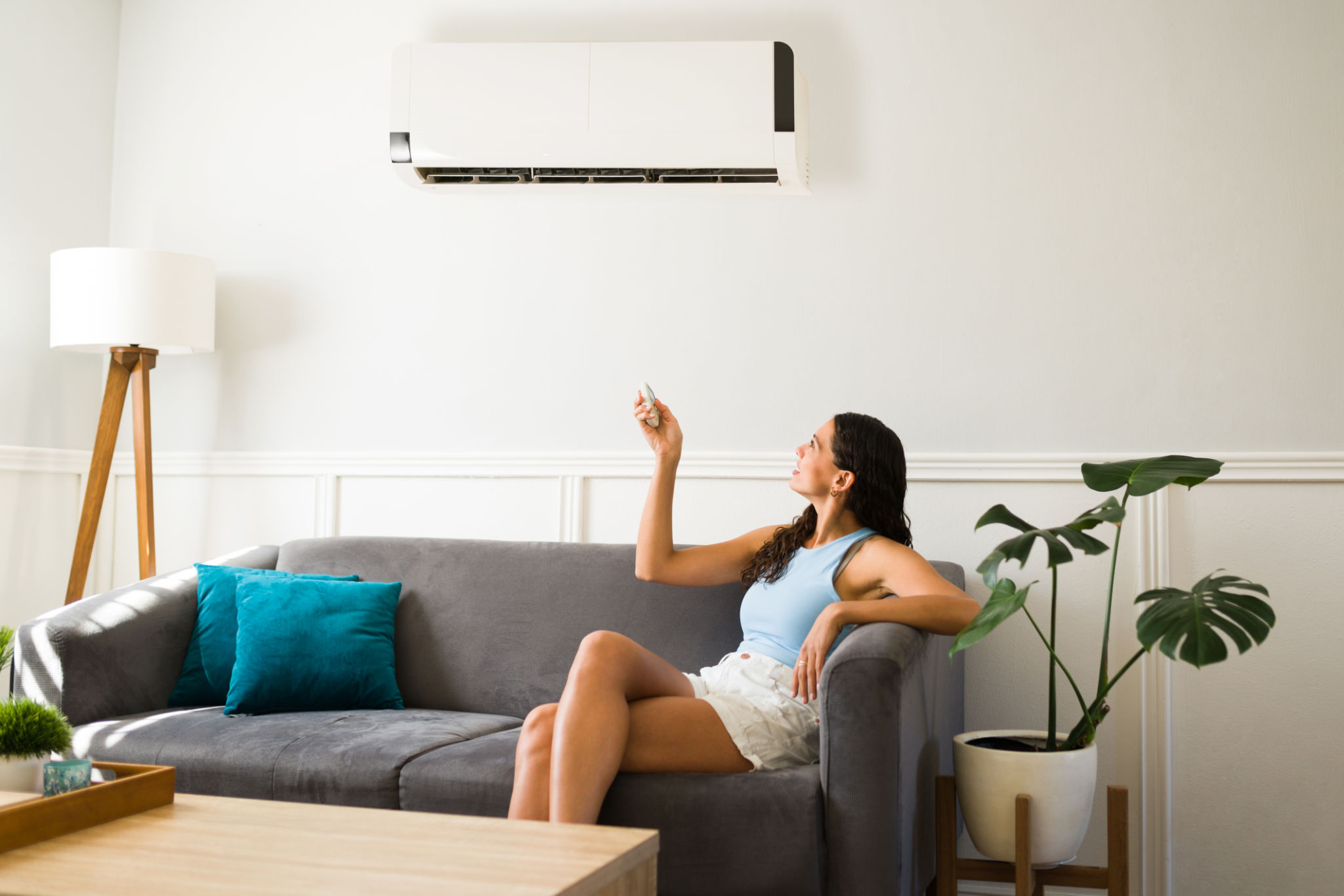Evaporative Cooling vs. Traditional Air Conditioning: Which is Right for Your SA Home?
Understanding Evaporative Cooling
Evaporative cooling is a unique method of air conditioning that leverages the natural process of water evaporation to cool down the air. This system works by drawing in warm air from the outside and passing it through water-saturated pads, which cools the air before it's circulated throughout your home. The process is energy-efficient and environmentally friendly as it uses less electricity compared to traditional air conditioning.
One of the primary benefits of evaporative cooling is its ability to maintain a comfortable level of humidity in your home, which can be particularly advantageous in regions with dry climates like South Australia (SA). Additionally, evaporative coolers are often less expensive to install and maintain, making them an attractive option for cost-conscious homeowners.

How Traditional Air Conditioning Works
Traditional air conditioning systems, such as split systems or ducted units, use refrigerants to remove heat from the indoor air, thereby cooling your home. These systems are highly effective in controlling indoor temperature and can provide a consistent level of cooling regardless of the outdoor climate.
Traditional air conditioning units are known for their ability to lower temperatures significantly and dehumidify the air, making them ideal for humid climates. However, they tend to consume more electricity, which can lead to higher energy bills during peak usage periods.

Comparing Efficiency and Cost
When it comes to energy efficiency, evaporative cooling generally comes out on top. Since it relies on the natural process of evaporation, it uses significantly less energy than traditional AC systems. This can result in substantial savings on energy bills over time. However, it's important to note that the effectiveness of evaporative cooling diminishes in high humidity areas, as the air cannot absorb much more moisture.
Traditional air conditioning systems, while more energy-intensive, provide superior cooling capabilities and are better suited for areas with high humidity. The initial installation costs for these systems are typically higher, but they offer reliable performance in a wide range of environmental conditions.
Environmental Impact
The environmental impact of your cooling choice is another important consideration. Evaporative coolers are more eco-friendly as they use water instead of refrigerants, which can have a negative impact on the ozone layer. Additionally, their lower energy consumption reduces your carbon footprint.

Conversely, traditional air conditioning systems use refrigerants that can be harmful if not managed properly. However, advancements in technology have led to the development of more environmentally friendly refrigerants and more efficient units that lessen their environmental impact.
Choosing the Right System for Your SA Home
Deciding between evaporative cooling and traditional air conditioning depends largely on your specific needs and the climate in your area. For homeowners in SA seeking an economical and eco-friendly solution, evaporative cooling may be the optimal choice. Its ability to cool efficiently while maintaining indoor humidity levels makes it particularly suited for dry climates.
On the other hand, if you require a system that can handle both heat and humidity effectively, a traditional air conditioning system might be more appropriate. Despite higher running costs, its consistent performance in various weather conditions ensures comfort throughout the year.

Ultimately, both systems have their merits and potential drawbacks. It’s crucial for homeowners to assess their priorities—whether it’s cost savings, environmental impact, or cooling efficiency—when choosing the right solution for their cooling needs.
